
The financial picture for Nebraska athletics is not as bad as originally feared this tumultuous year, thanks largely to an improved outlook for Big Ten Conference media revenue sharing.
Athletic department officials have been mostly mum since the onset of Covid-19 about the size of the TV payout this year from conference revenue sharing, which amounted to $54 million last year.
But John Jentz, the athletic department’s chief financial officer, said the conference recently provided an update on projected revenues from media rights for the current fiscal year. Jentz called the outlook “encouraging.”
Indeed, Nebraska Athletic Director Bill Moos added exclamation points Tuesday on his monthly radio appearance. He said the TV revenue payout will be around $40 million to $42 million, still down at least $12 million from last year but “not as bad as we thought.”
That can largely be attributed to the decision to play at least a partial football season, which created product and advertising revenue for the conference’s television partners. The start of the basketball season and the possibility of the NCAA March Madness tournament will also help recoup revenue.
That said, Jentz said Nebraska’s bottom line for the current fiscal year, which is at the halfway point, “will not be pretty.. we are facing the same challenges as our peers, and the decision to not have fans eliminated our largest annual source of revenue from tickets and associated donations.” Last year, Nebraska generated an operating profit of about $12 million.
In the first update on athletics’ financials since early this year, Jentz and Moos offered these observations:
*On the revenue shortfall:
Moos said Nebraska expects about $60 million to $61 million in revenue for the current fiscal year, representing about a $70 million shortfall from a year ago. The most extreme predictions earlier this year called for a $100 million-plus shortfall.
While expenses were trimmed by more than $30 million, Moos said that “still leaves us $40 million off.”
He said the department has tapped “money we had in reserve to take care of that.” As a result, it doesn’t appear Nebraska will need to take on debt like many of its peers to get through the year. He did not address how much was left in the rainy day fund, which was believed to be more than $60 million at the start of this year.
“We’re hopeful with the vaccines, that we can have all this behind us by the time of spring sports, and certainly for fall football,” Moos said.

*On the department’s overall budget, which was about $136 million in fiscal 2020:
Said Jentz: “We have a better idea where things may land in terms of broad ranges, but still do not have an official budget with most sports’ schedules, winter and spring Covid-19 testing protocols to be determined.”
*On cost-cutting:
“Athletics continues to operate under on essential expenses only mode,” said Jentz.
Nebraska earlier this year placed 51 employees on furlough, eliminated 17 full-time positions, and trimmed salaries by 10 percent. But Moos said Tuesday that half of the furloughed employees, particularly facilities personnel, are “already back working, and the balance of the furloughed employees will be back with their original salaries.”
*On fan support:
“Many Nebraska fans requested we use this year’s ticket and donation payments towards this year’s operations,” Jentz said. That amounted to about $7 million in gifts, with no tickets attached.
About 20 percent of season ticket holders requested refunds, but Jentz said “the majority asked for the payments to be applied to next season, which is a great head start as we begin to think about how next year could look.”
Jentz emphasized that the athletics program, which generated about a $12 million operating profit last year, remains self-sustaining, meaning all its revenues are a function of its operations including tickets, donations, sponsorships, and conference and NCAA revenue sharing. “It’s another way of saying no state, university, or student fee support,” Jentz said.
The athletic department is now setting its sights on breaking ground late next spring or summer on the $135 million football training facility. Donors have committed about $80 million for that project, which is a year behind schedule due to the pandemic.
“It’s amazing,” Moos said. “None of our donors decommitted. We had $100,000 donations, $250,000, half a million and into the millions.”
A second phase of the Go Big project, involving a new home for the training table, academic support, and other services, will move forward only when an additional $20 million has been raised, university officials said at the Board of Regents meeting earlier this month.
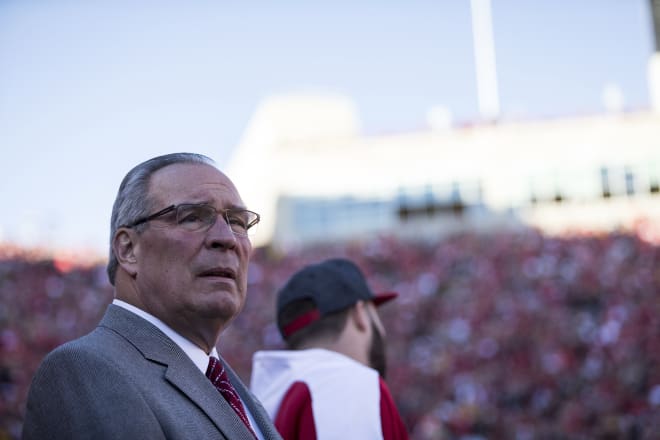
Dealing with debt
Some athletic programs have taken different approaches than Nebraska to keep the lights on, so to speak, including taking on debt or refinancing existing loans at lower rates with the idea of repaying it over longer periods and keeping more cash on hand in the short term.
The big boys in the Football Bowl Subdivision schools — once known as NCAA Division I — collectively carry about $9.2 billion in athletic-related debt, according to a Knight Commission report based on the latest data available from year-end 2018.
Staying current on that debt came at a cost of more than $722 million a year, the commission said.
While Nebraska’s athletic program has been debt-free since 2014, the same cannot be said for other programs in the conference. Michigan, Minnesota, Illinois, Iowa, and Ohio State were among the top 15 schools with the most debt, according to the Knight Commission.
The University of California-Berkeley was the most indebted, with $438 million, based on 2018 data. Texas A&M had the largest debt service payment in 2018 at $23.3 million
Iowa refinanced a master lease debt for its football facilities, and video board/lights/sound, and indoor track in July. Nothing has been refinanced since that time, said Steven Roe, an athletic department spokesman.
However, in August, Iowa athletic director Gary Barta said the department planned to take out a $75 million loan to maintain the Hawkeyes’ 24 athletic program through the current 2020/2021 academic year. Following the conclusion of the current academic year, Iowa plans to cut men’s and women’s swimming and diving, men’s gymnastics and men’s tennis.
Then consider the Pac-12 conference, which this fall was reportedly considering a $1 billion loan program to help cash-strapped athletic departments.
According to the San Jose Mercury News, the conference’s loan program would allow any of its 12 member institutions to access up to $83 million to cover lost revenue. The loans would be repayable over 10 years at a rate of 3.75 percent.
It’s unclear whether the conference has pulled the trigger yet on the borrowing program, or how many schools would actually dip into the funding

Peer pressure
Even the athletics program that Nike built is having issues.
Oregon athletic director Rob Mullens, a respected voice on college athletics, recently talked with the Portland Oregonian newspaper about the challenges Ducks’ athletics has faced in 2020.
On Mullens take of what he’s seeing among Power 5 schools, he said “it’s going to be a great case study at some point on a lot of levels and in a lot of businesses. Who adapted? How did you adapt?”
Mullens also addressed the economic loss to the athletic department because of Covid-19.
“We thought the range would be $50 million to $85 million, now we’re tracking more toward a (net deficit) of $65 million,” Mullens said. “Being able to play Pac-12 football had a positive impact on that. Trending toward an NCAA basketball season has a positive impact on that.”
How will Oregon offset a possible $65 million shortfall?
“We’re looking at some financing options, some creative options,” Mullens said, without elaborating. “We have to survive now in order to thrive later. You hope to keep this to a one-year problem…..we’ve made a number of cuts, including salaries. We’ve furloughed some staff. We’ve had a number of positions after departure that we haven’t been able to fill. We’ve basically been on an operating freeze other than essential expenses.”
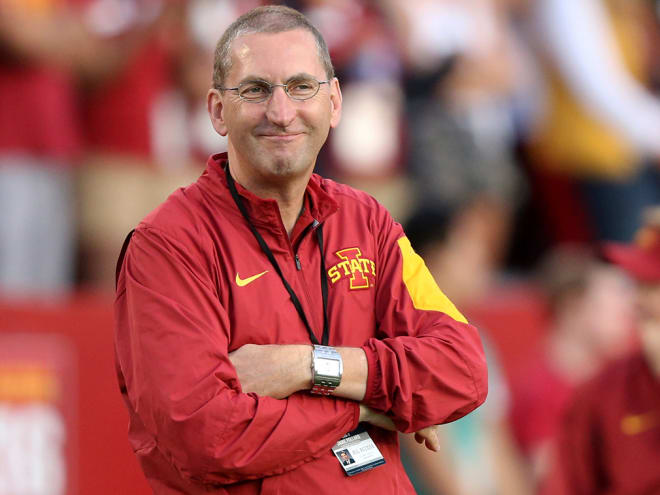
What the future holds
Soaring coaches salaries, bloated staffing, and ever more opulent facilities are likely to come in for closer scrutiny as college athletics programs cope with the reduced revenues from delayed, diminished, or canceled football games.
Iowa State athletic director Jamie Pollard said recently he fears a “return to the financial Ice Age,” although reformers suggest a review of college sports’ business model is long overdue.
The AthleticDirectorU.com website recently examined athletics economics, particularly at the Power Five level. The report was written by Kevin Blue, who is stepping down at the end of December as athletic director at the University of California-Davis.
The report noted that athletics departments across the board are experiencing revenue shortages of at least $50 million — budget gaps “too large to be solved by belt-tightening alone.”
While the article said it is “tempting” to attribute sports cuts, layoffs and other financial disruptions solely to Covid-19, many athletics departments “were financially stressed even before the effects from the pandemic.”
These pre-existing structural problems have created financial challenges for many schools that are now being “dramatically amplified by Covid-19,” the report said.
The bottom line: “Our (sports) economic system has encouraged athletics department spending to rise in unsustainable and imbalance ways, creating the financial overextensions that put the industry especially at risk of the unfortunate cuts and other damage we are now experiencing,” said Blue.
Steve Rosen writes about the business of sports for HuskerOnline. He can be reached at srosen@huskeronline.com.

Must See
-


Football
/ 2 months agoHuskers Fight Hard but Fall Short Against UCLA
LINCOLN – The Nebraska Cornhuskers gave it their all on Saturday, with standout efforts...
-
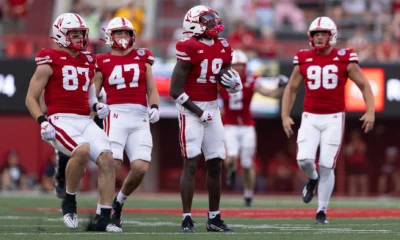

Football
/ 2 months agoGAMEDAY: Nebraska Set to Face Undefeated Indiana in Key Big Ten Showdown
Bloomington, IN – It’s Game Day, Husker Nation! Nebraska (5-1, 2-1 Big Ten) returns...
-


Football
/ 3 months agoBlackshirts Shine as Nebraska Tops Rutgers 14-7 on Homecoming
Lincoln, NE – Nebraska’s Blackshirt defense played a starring role in the Huskers’ 14-7...
By Chris


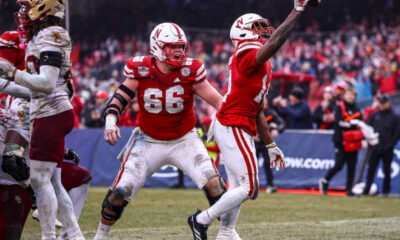

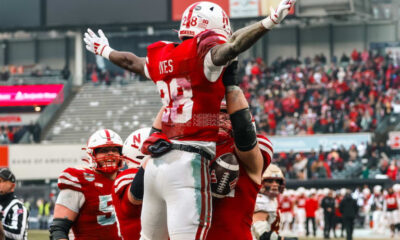



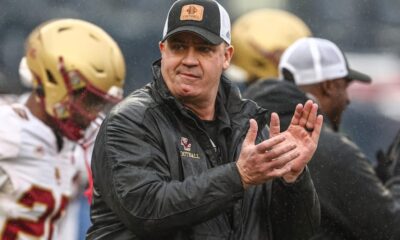

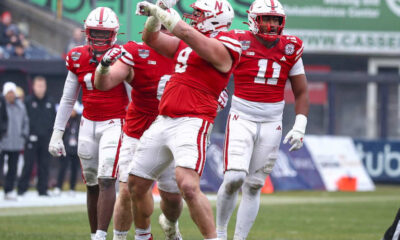

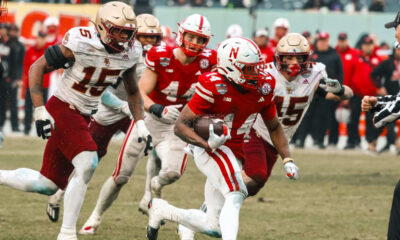








You must be logged in to post a comment Login